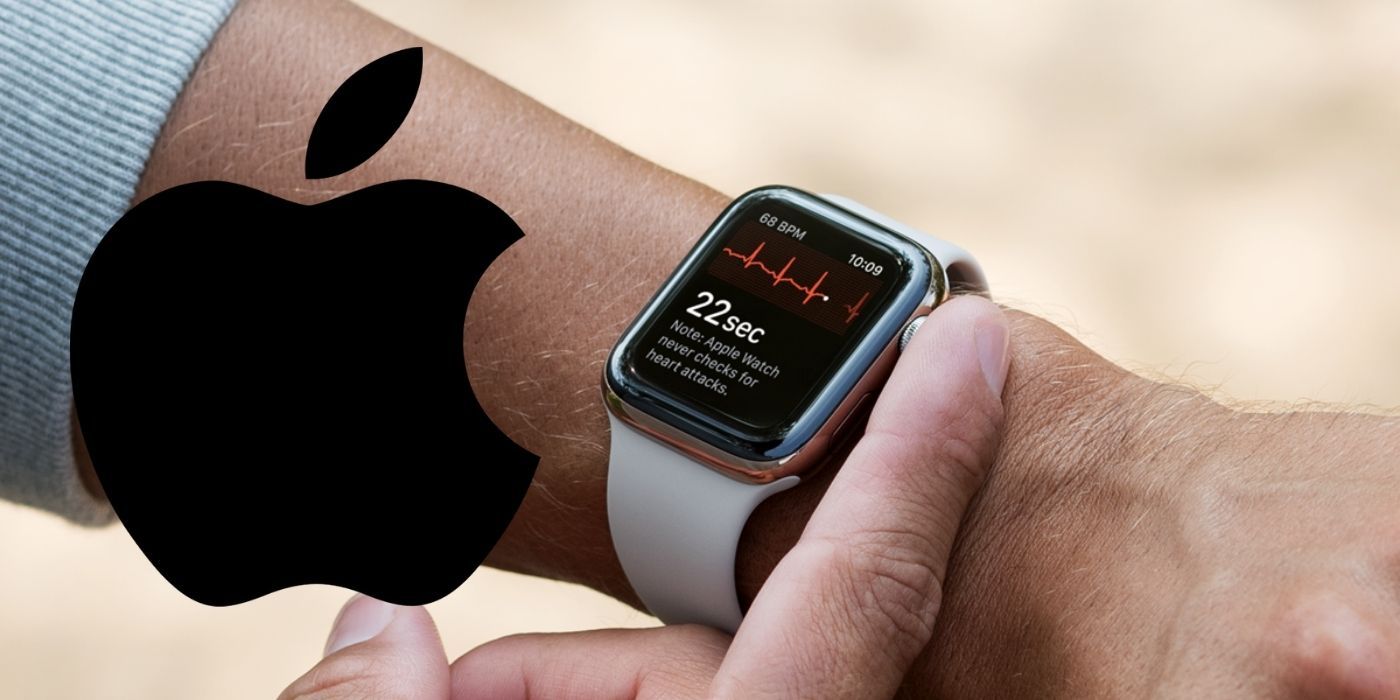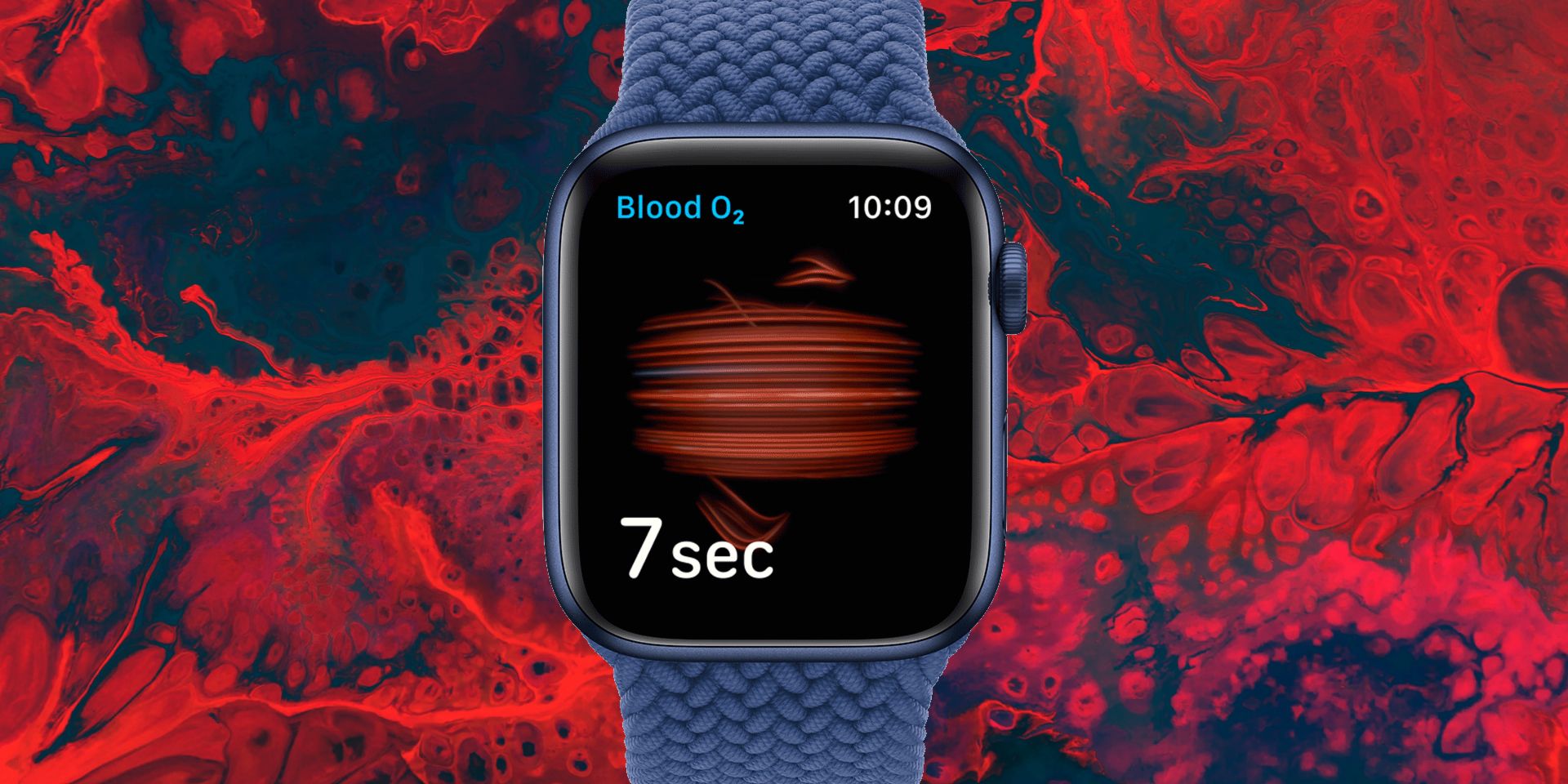The Apple Watch offers a wide array of features that allow people to easily monitor health and fitness. These tools have become more and more sophisticated. Recently, in fact, a study from the Palo Alto VA hospital showed just how accurate the Apple Watch can be in terms of remote heart monitoring. According to the study, while an Apple Watch is less accurate than a test in the clinic, it could still be a viable option for testing at home.
Apple Watch users have many useful health-related features to choose from. From Series One onwards, the Apple Watch offered heart rate measurements. The Apple Watch SE introduced fall detection. An alarm will go off if the user has taken a serious fall, and emergency services are contacted if the user hasn’t moved after sixty seconds. With the Series 4, Apple Watch users could access an ECG app and, last December, cardio fitness notifications were added to the Apple Watch.
The user will receive a heart rate notification if their heart rate has been above 120 beats per minute (BPM) while they have been inactive for 10 minutes. If their heart rate falls below 40 BPM, the user will also receive a notification. Similarly, the user is notified if the Apple Watch detects an irregular heartbeat a certain number of times. With the ECG app, users have the option of noting any other symptoms beyond an irregular heartbeat, such as dizziness. Medical IDs can also be displayed on the Apple Watch, which medical professionals can access without a passcode. Users can use medical IDs to outline important health information, like medications and emergency contacts. Medical IDs are a part of the Emergency SOS feature. With Emergency SOS, users can call emergency services as long as their iPhone is nearby.
Other Ways The Apple Watch Can Help You
The Apple Watch can also help users with monitoring their blood oxygen levels. Introduced with the Watch Series 6, the feature uses red and infrared light to measure oxygen levels in the blood in just fifteen seconds. To measure blood oxygen levels, open the Blood Oxygen app on the Watch. Tap Start. After staying still for fifteen seconds, the user will receive the results and can then just tap Done.
It may even be possible that the upcoming Watch Series 7 could include blood glucose monitoring using optical sensors, which could be a hugely beneficial addition for users living with diabetes. This hasn’t been confirmed yet, though Apple did file a patent application for optical sensors back in 2018. Even without this potential addition, the Apple Watch allows its users to keep track of important health-related information right on their wrist. These health features are likely among the reasons the Apple Watch has been — and continues to be — so popular.
Source: Apple


